| Vintage Pulp | Jan 10 2019 |

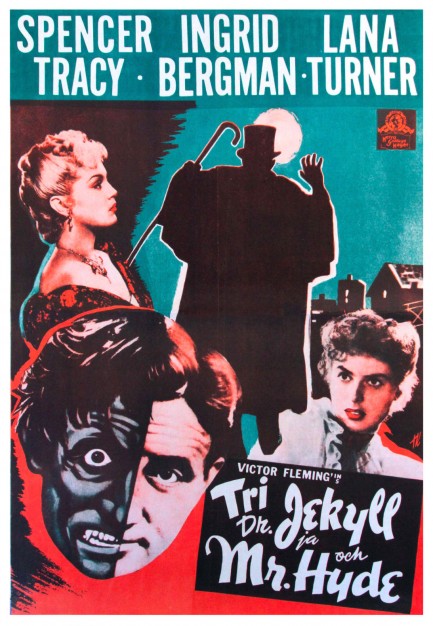
Do we digress? Not in the least. Their beauty is pivotal to the plot. The two sides of Tracy's personality, the loving and lustful sides, posited as good and evil, are preoccupied by these basically opposite women. This is demonstrated during a nightmare sequence in which Tracy uses a whip to drive a pair of horses, a dark one and a light one, that transform into Bergman and Turner, side by side, windblown, sweaty, and implied as nude. It's a surprising sequence, hotly erotic, and all too brief if you ask us. We could have watched those two all wet and thrashing for a long while. But maybe that's our own Mr. Hyde speaking. In any case, the sequence serves to demonstrate that Dr. Jekyll's beastly Hyde is loose and isn't going back in his cage anytime soon. A career ruining performance from Tracy? On the contrary. His star continued to shine brightly after this highly effective piece of gaslamp horror, and his co-stars' ascents were just beginning. Dr. Jekyll and Mr. Hyde premiered in the U.S. in 1941 and reached Finland today in, apparently, 1943. How that happened in the middle of World War II is a mystery to us, but maybe it just shows how pushy Mr. Hyde was.
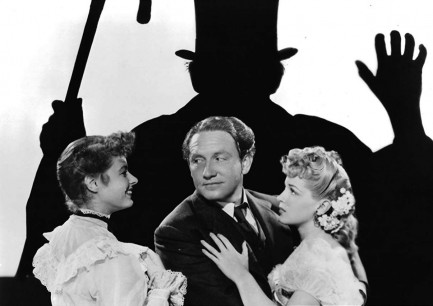
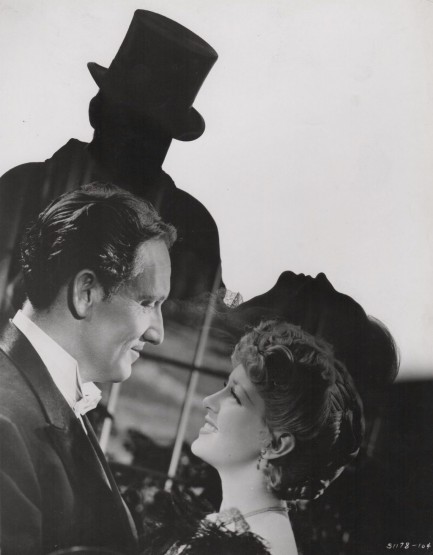

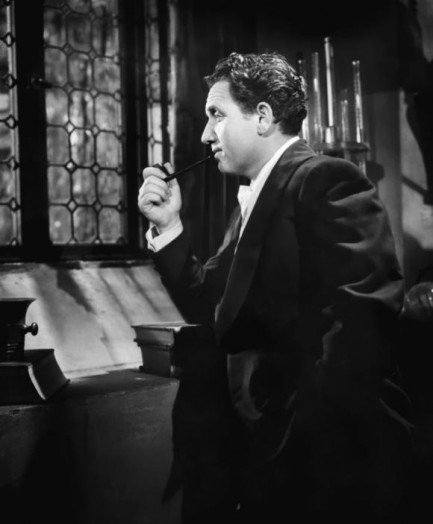
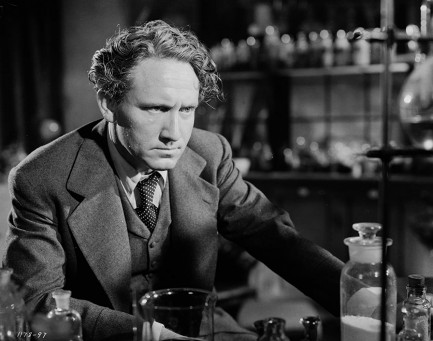
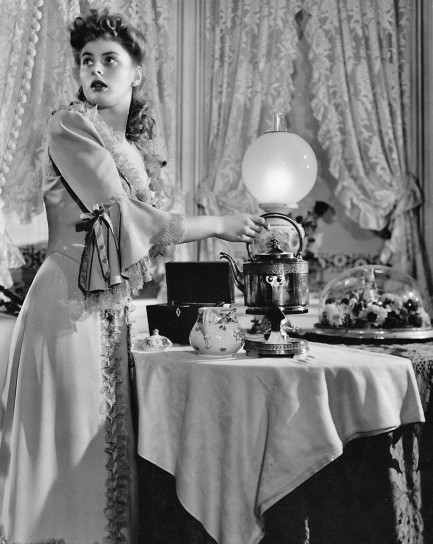
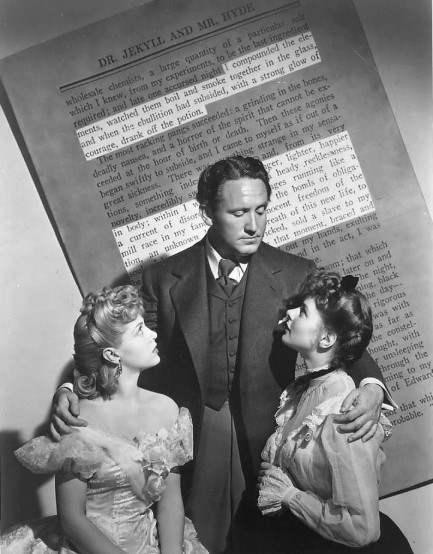
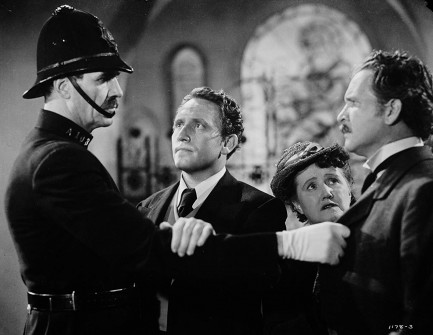
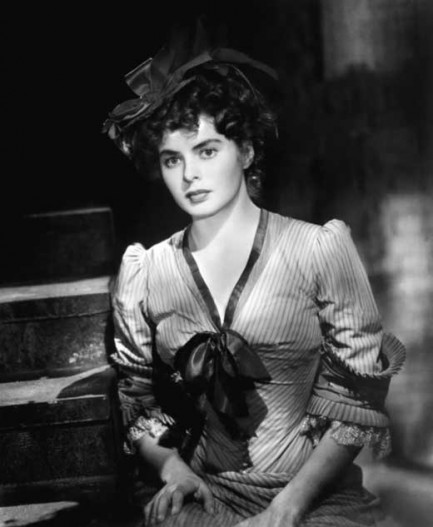
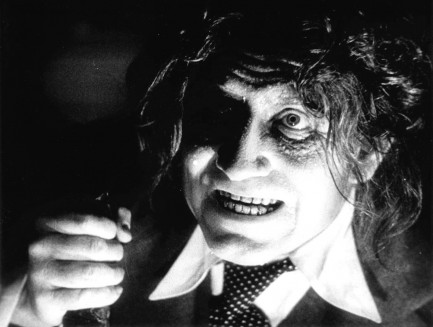
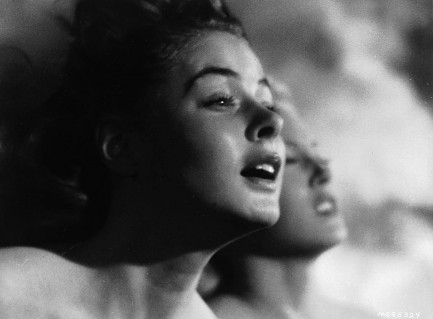
*While the poster is supposed to be Finnish, it actually seems to contain both Finnish and Swedish lettering. For example "Tri" in Finnish means "doctor," but "Dr.," which is common in Swedish, appears too, Likewise the word "and" is repeated. In Swedish it's "och" but in Finnish it's "ja." We guess the poster was used in both countries.
| Vintage Pulp | Jul 16 2017 |

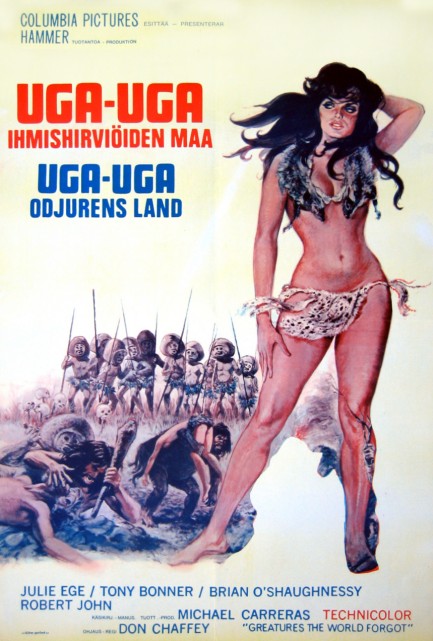
This might be our first piece of Finnish pulp. Actually, nope—we just checked. We have some Finnish items here, here, and here. So this poster is our fourth entry from that country, and it's a promo for Uga-uga ihmishirviöiden maa, aka Creatures the World Forgot. Finnish is a weird language, but even without knowing how to read it you can probably discern that the movie was re-titled. The poster says, “uga uga a country of human beings.” So we guess the creatures the world forgot lived in Uga Uga. We didn't know that. Another online translator tells us the poster actually says, "the upright country of human beings," and a third tells us it says "the land of the sea of magpie." We have a former roommate who lives in Finland, so maybe he'll help us out with this one, especially the "uga uga" part. Did we mention we went to Finland once? Try drinking with that crowd and after a couple of hours, “uga uga,” is all you'll be able to say. You may also have noticed the creatures of the original movie somehow transformed into “greatures,” at the lower right of the art, one of the funnier misspellings we've seen on a foreign version poster. The film starred Julie Ege, who's in no way uga uga, and is probably the best reason to watch the movie. We've mentioned her before, particularly the publicity stunt Hammer Studios cooked up to promote the film. Read about that here, and read a short review here. Greatures—er, we mean Creatures—the World Forgot premiered in Finland today in 1971.
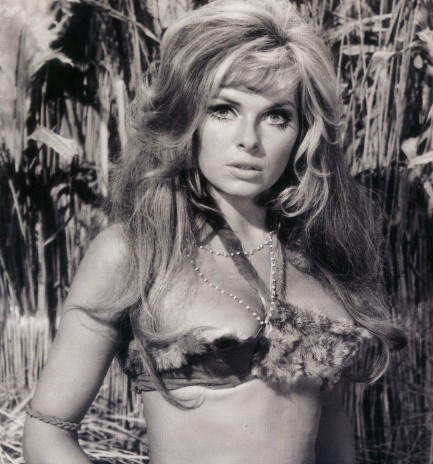
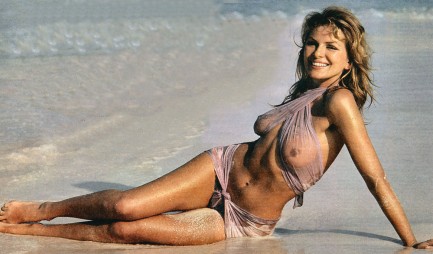
| Femmes Fatales | Nov 29 2014 |

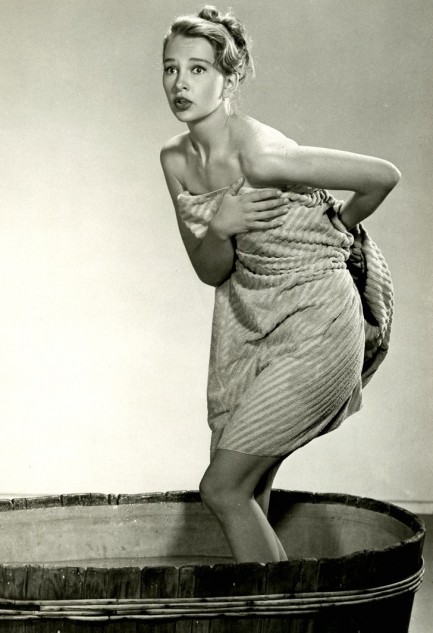
This image shows Finnish-born Taina Elg, dancer, actress, and multiple Golden Globe winner, who has been a significant presence on telelvsion for many years and whose most noted movie role probably was in the thriller The 39 Steps. This shot was made in 1958.
| Vintage Pulp | Dec 2 2013 |

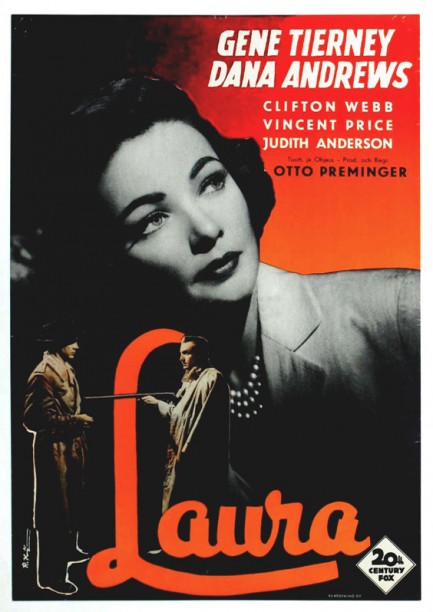
A while back we showed you the U.S. promo poster for the classic noir Laura. Today’s version comes from Finland, where the film was released today in 1945. December is a dark, chilly time in Finland, and Laura must have seemed an appropriate film, with its dark, spare story of a police detective who falls in love with a dead woman whose murder he’s investigating. The woman has been shotgunned in the face, and is personified in death by a beautiful portrait hanging over her mantel. The detective is completely baffled by the crime, but then a chance encounter brings everything into focus. If you haven’t seen the film, we recommend it highly. Gene Tierney is at her most icily beautiful, and Dana Andrews does good work as a man in love with a woman who no longer exists.
Unfortunately, the poster art actually gives away who the killer is by using a photo-realistic portrayal of the actor brandishing a shotgun. Maybe it’s too small for you to see in this format, so we won’t say more. But what a spoiler for the Finns that the artist—he’s signed the work as R.X.Z.—made that choice, or was told to by the studio. It isn’t as if the actor wouldn’t have been immediately identifiable by them, since he was reasonably famous at the time and in the midst of carving out one of Hollywood’s greatest careers. Total baffler, why it happened. Anyway, excellent movie. If you want to read more about it visit our original post here.
| Vintage Pulp | Oct 5 2009 |

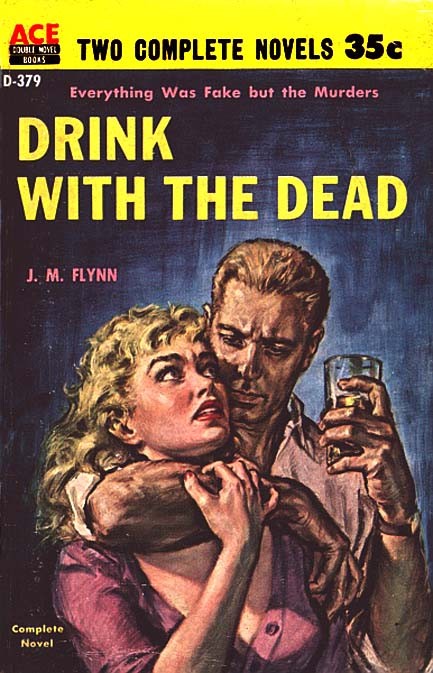
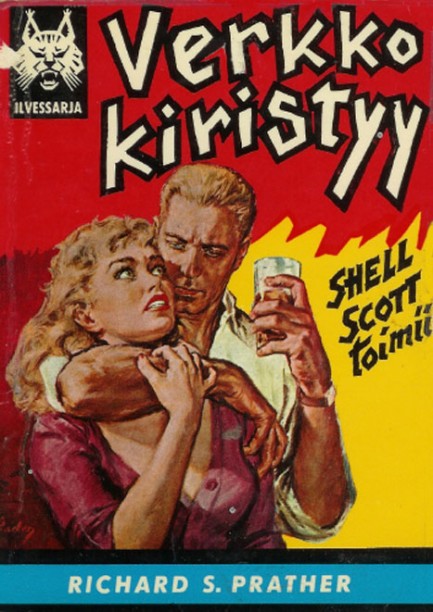
American author Jay Flynn, aka J.M. Flynn, is one of those writers whose real life reads as entertainingly as some of his fiction. He was a heavy drinker with a case of wanderlust, and he set up shop in places like Massachusetts, California, Paris, Mallorca, and Monte Carlo. 1959’s Drink with the Dead is considered one of his better books—you see Paul Rader's U.S. cover art above, and as a bonus we've shared Richard S. Prather's Finnish edition of Bodies in Bedlam, which borrows the same image. Drink with the Dead concerns a bunch of modern day bootleggers—ironic, considering Flynn got involved in the illegal liquor trade at one point. He was one of those rough and tumble writers that injected a lot of personal experience into his fiction, and whose erratic, hellraising ways always made subsistence a struggle. He spent time on skid row, was hired and fired by a lot of publishers, and refused to give up the booze even after his doctor said it would kill him. He died younger than he should have, perhaps, but left behind a lot of writing. You can find a detailed review of Drink with the Dead here. and a detailed bio of Flynn here.
| Intl. Notebook | Apr 24 2009 |

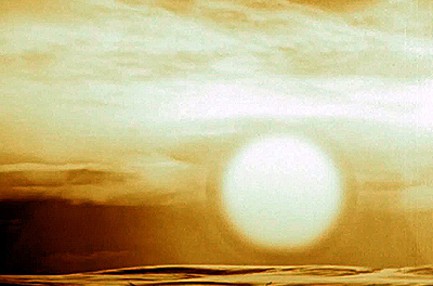
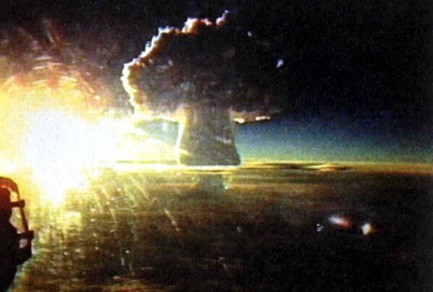
Tsar Bomba nuclear test, Novaya Zemlya Island, Mityushikha Bay, Arctic Circle, Soviet Union, 1961. These two images show the detonation and mushroom cloud of the most powerful weapon ever built. The bomb exploded 2.6 miles above Earth, yet its fireball reached the ground, its shockwave broke windows in Finland and Sweden, and its mushroom cloud reached seven times the height of Mount Everest.
| Vintage Pulp | Apr 1 2009 |

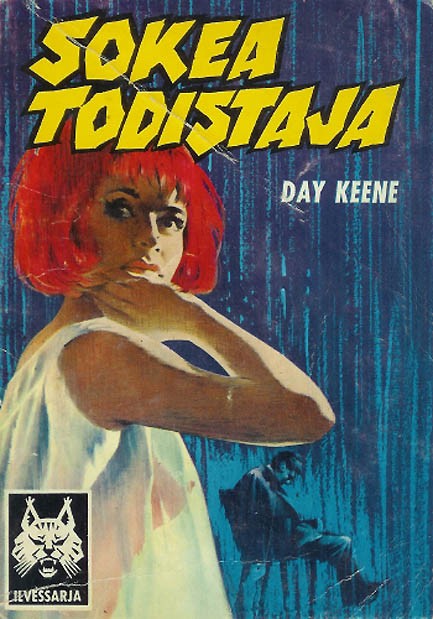
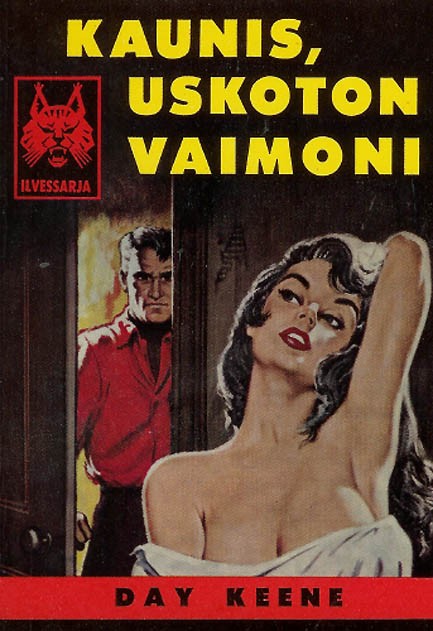
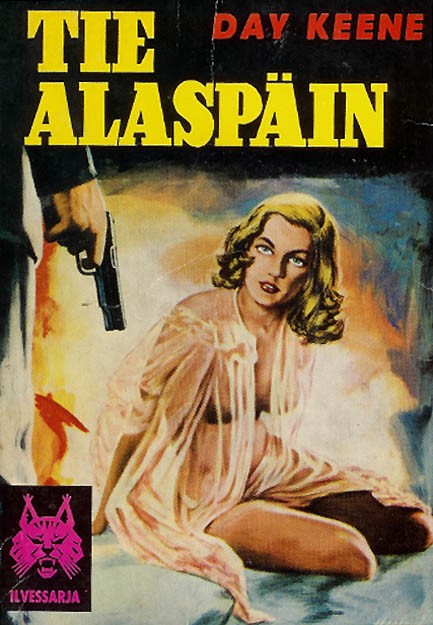
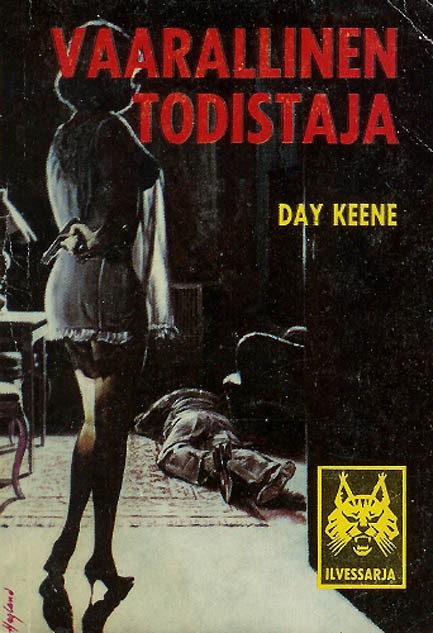
Cover art for four Day Keene thrillers published in Finland, circa 1949 to 1953. The artist on these was Swedish painter Bertil Hegland, whose work we’ll be showing you more of later. More Keene info and books here.




































































